The Kenyon Agricultural Society: Building the Heart of Maxville
- Tradition: A Story From Glengarry

- Aug 2
- 4 min read
Updated: Aug 5
Long before the Maxville and it’s fairgrounds became known for kilts, cabers, and the stirring sound of bagpipes, it was a farming community—built on hard work, rural tradition, and a deeply rooted sense of togetherness. And at the heart of that rural life stood one quiet but powerful institution: the Kenyon Agricultural Society (KAS).
From Field to Fair: A Legacy Begins
Founded in 1889, the Kenyon Agricultural Society was established to promote agricultural advancement in Kenyon Township—one of Glengarry County’s historic divisions. It aimed to improve farming practices, support rural education, and foster community spirit. The most visible expression of that mission was the Maxville Fair, an annual event that quickly became a cornerstone of the social calendar.
But the story of Maxville’s fair actually predates the Society itself. As early as the 1880s, a local agricultural fair was held in the nearby hamlet of Athol, just west of the Scotch River. These humble gatherings took place on farmland owned by Miss Aird and John Fraser, with simple bench seating and sulky and buggy races providing entertainment.
A New Home in Maxville
In 1889, the fair relocated to Maxville, thanks in part to the arrival of the Canada Atlantic Railway, which transformed the village into a growing hub.
Initially held on land owned by Alex J. McEwen at the north end of town, the fair grew rapidly and around 1907, the Society purchased a five-acre parcel of land for $1 per acre—what is now the site of the Maxville fairgrounds for its expanding agricultural fair. Fair Street still bears the memory of that pivotal move.

As attendance swelled—early events drew crowds of 3,000 to 4,000—the Society invested in infrastructure. Grandstands, barns, and exhibition halls began to take shape.
A proper grandstand was built in 1917 using lumber from James Cluff’s local sawmill.
In the decades that followed, more improvements were made: a new light horse barn in 1950, expanded drainage and leveled rings in 1951, and the beloved 4-H barn in 1954.

From Agriculture to Community Culture
While agriculture remained central, the Kenyon Agricultural Society’s influence stretched far beyond livestock and crops. These were the people who laid the foundation—literally and figuratively—for what Maxville would become.
The fairgrounds became a year-round gathering place for sports, concerts, parades, and community events.
And although the fair itself evolved—from a fall to a spring event, and eventually to a four-day festival in the 1970s and down to three days today—its spirit remained unchanged: a celebration of rural life and community resilience.
Laying the Foundation for the Games

When the Glengarry Highland Games began in 1948, and as the Maxville Fair eventually gave way to the Highland Games in the mid-20th century, the Society’s early groundwork made it all possible.
In fact, the Kenyon Agricultural Society played a key role in supporting this bold new tradition. In the early years, the Games were organized as a subcommittee within the Society itself—blending agricultural leadership with cultural revival.
After the resounding success of the first few Games, it became clear the event was here to stay. Crowds swelled beyond expectations, and the fairgrounds needed to grow with them.

With the backing of the Society, and guidance from the Games committee, significant upgrades were made—including the expansion of the historic grandstand in 1957.
That structure, still in use today, was designed to accommodate the ever-growing audience and helped cement the Games’ place as a cornerstone of Glengarry life.
From managing the land to modeling community stewardship, the Kenyon Agricultural Society helped transform a traditional fairground into a world-class venue—one ready to host a celebration of Scottish culture unlike any other in North America.
A Quiet Legacy That Lives On
Though the Kenyon Agricultural Society may not always be front and center in Maxville’s spotlight today, its legacy is quietly woven into the town’s landscape—both physically and culturally.
In the 1980s, recognizing the growing recreational needs of the community, the Society played another pivotal role in shaping Maxville’s future.
A large portion of the fairgrounds was sold to the county, enabling the eventual construction of new baseball diamonds and a state-of-the-art local hockey arena—ensuring that youth and amateur sports had a permanent home in town.
Today, the fairgrounds remain a bustling hub of activity. They're used year-round by local sports associations, community organizations, and multiple Celtic-based music groups for practices, festivals, and performances.
The grounds are also home to the Glengarry Sports Hall of Fame, which was established in 1975 to celebrate the achievements of the region’s top athletes and community builders.

What began as a five-acre patch of farmland has evolved into one of the most treasured cultural and recreational spaces in Eastern Ontario—all thanks to the early stewardship and long-term vision of the Kenyon Agricultural Society.
When you walk the grounds of Maxville—whether during the Games or on a quiet day in May—you’re stepping on over a century of community care and commitment.

Want to learn more about the history of the Maxville fairgrounds and how it became a place of belonging?
Watch Chapter 2: HOME from our series Tradition: A Story from Glengarry—and discover how a quiet field became the soul of a community. 👇👇👇👇
#TraditionGlengarry #GlengarryHighlandGames #MaxvilleFairgrounds #CelticPride #glengarryproud #glengarry #highlandgames #highlandgamesmovie #Maxville #kenyonagriculturalsociety #GHG2025 #maxvillefair
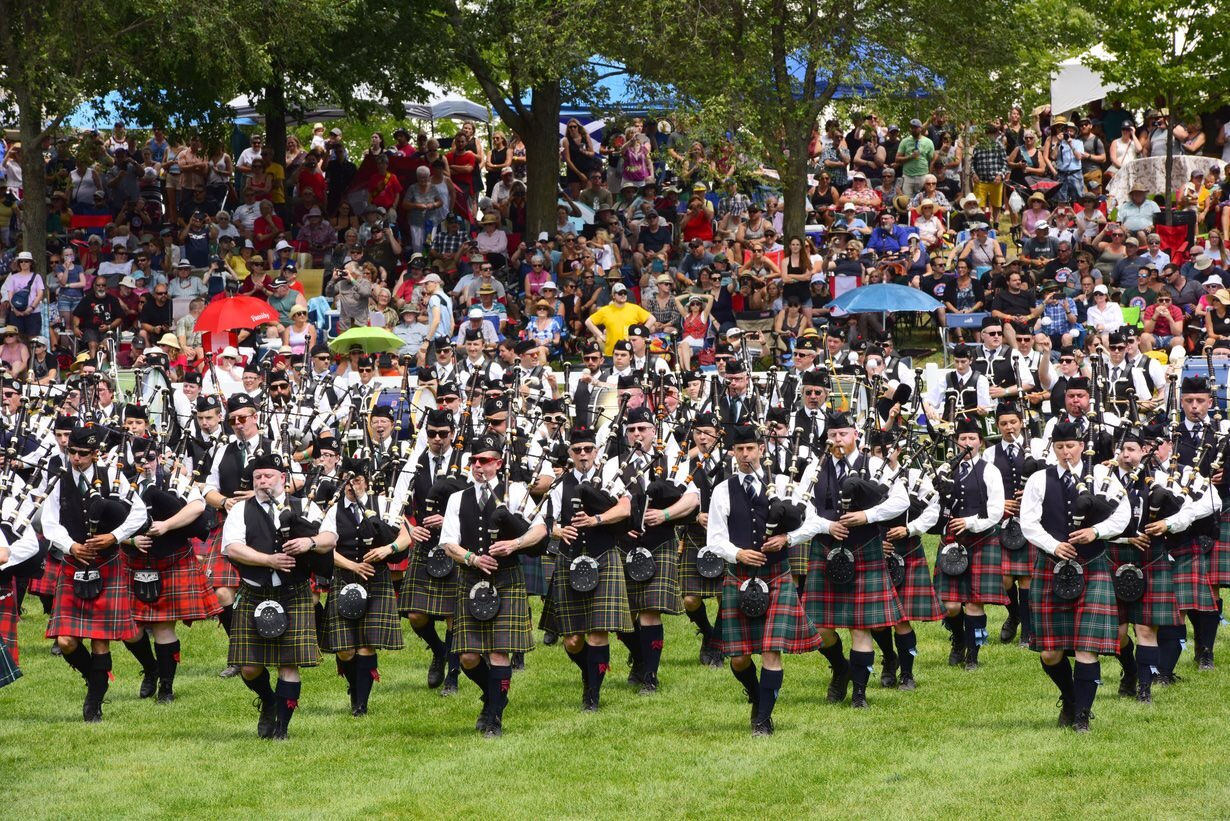











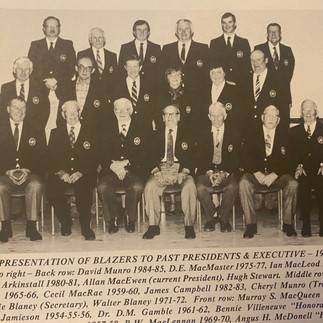

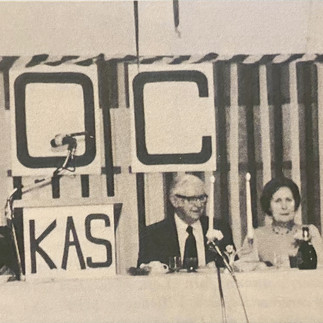



















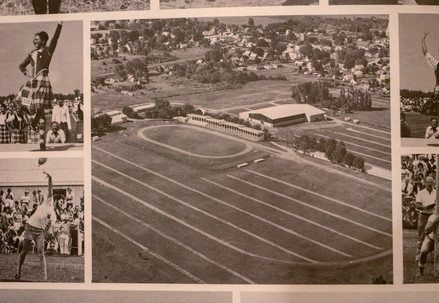

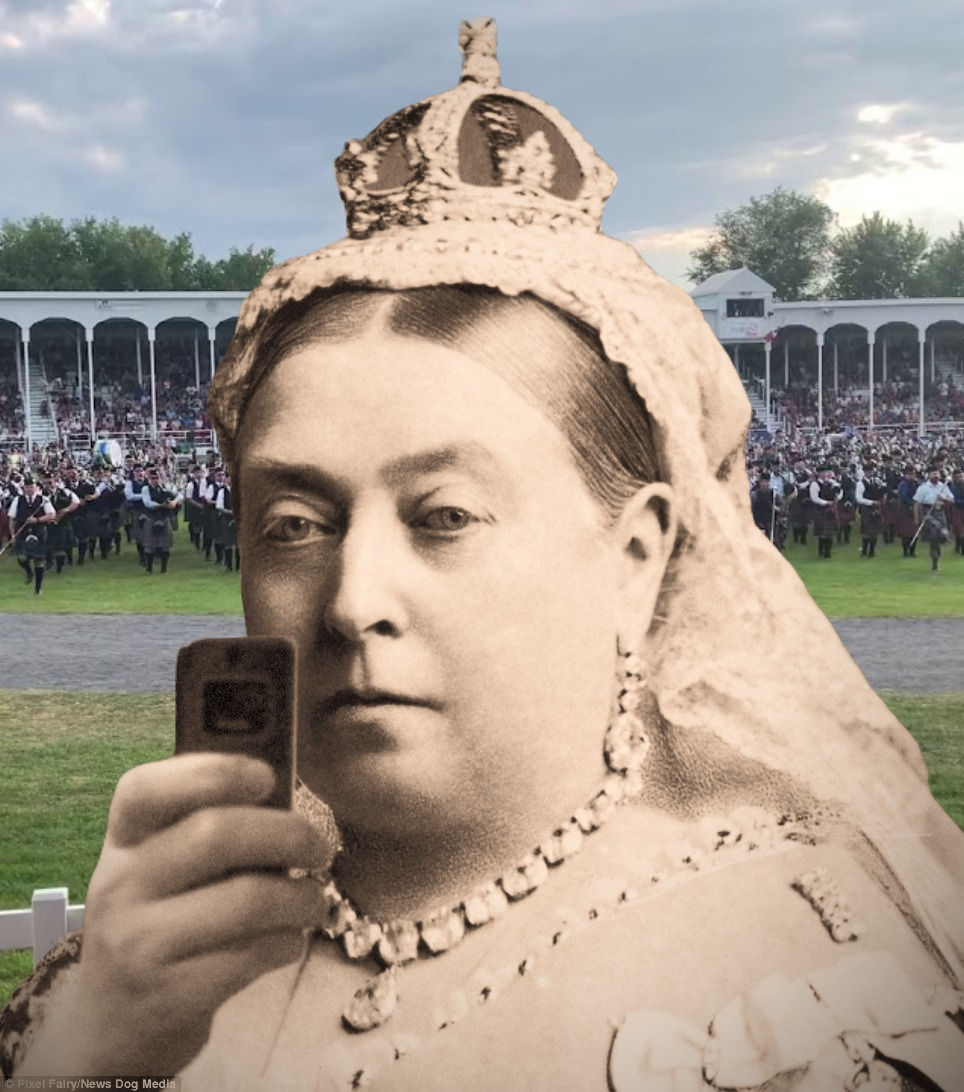

Comments